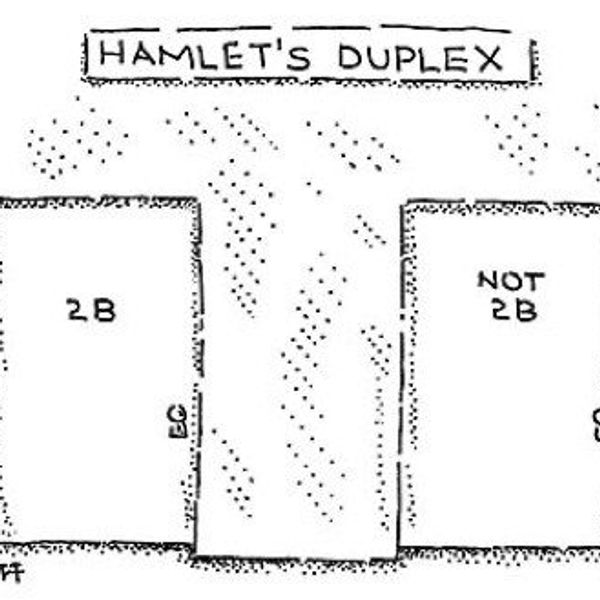San Diego is known as "America's Finest City" for its beautiful beaches, amazing weather and plethora of tourist attractions. In the near future, San Diego could potentially be known as a nuclear wasteland, much like Chernobyl and Hiroshima. Google Satellite images revealed that the city of San Diego was constructing a nuclear storage facility in San Onofre, approximately 100 feet from the beach. This is the same San Onofre nuclear power plant that was closed in Jan. 2012 when a radiation leak was found in one of the steam generators.
In an interview on KUSI News' Good Morning San Diego, former city attorney Mike Aguirre said, "Our elected officials are asleep at the switch." Aguirre is referring to San Diego officials such as the Mayor and our very own San Diego Congressman, Darrell Issa. Aguirre is asserting that SoCal Edison has our elected officials in the palm of their hands because of the countless monetary donations that they have spent on
San Diego taxpayers have paid over $350 million to build a new nuclear waste dump in their own backyard. The Southern California Edison company made billions of dollars in electricity sales and in turn, generated tons upon tons of toxic nuclear waste. Although SoCal Edison has generated this waste and owns nearly 15 percent of an isolated nuclear storage facility in Palo Verde, AZ, the responsibility of "dealing with the problem" has subsequently been forced upon the city of San Diego.
In 2015, the Coastal Commission issued permits for the construction of a nuclear storage facility to store the nuclear waste underground for 20 years. The problem with this permit is that it does not take into consideration the level of erosion that the nuclear waste will experience when it is subjected to the ever-changing California coastline and the constant water erosion from the Pacific Ocean.
In order to store the nuclear waste, the waste will be permanently encased in special containers that will then be encased in cement. If there is an issue or leak with the containers, there is no way to access them unless there is an underground railroad system that is built with it because the containers are too heavy to move on their own.
Having a nuclear storage facility a mere 100 feet from the beach poses a major public safety issue not only for the local San Diego area, but potentially the global community if the nuclear waste seeps into the Pacific Ocean.



















